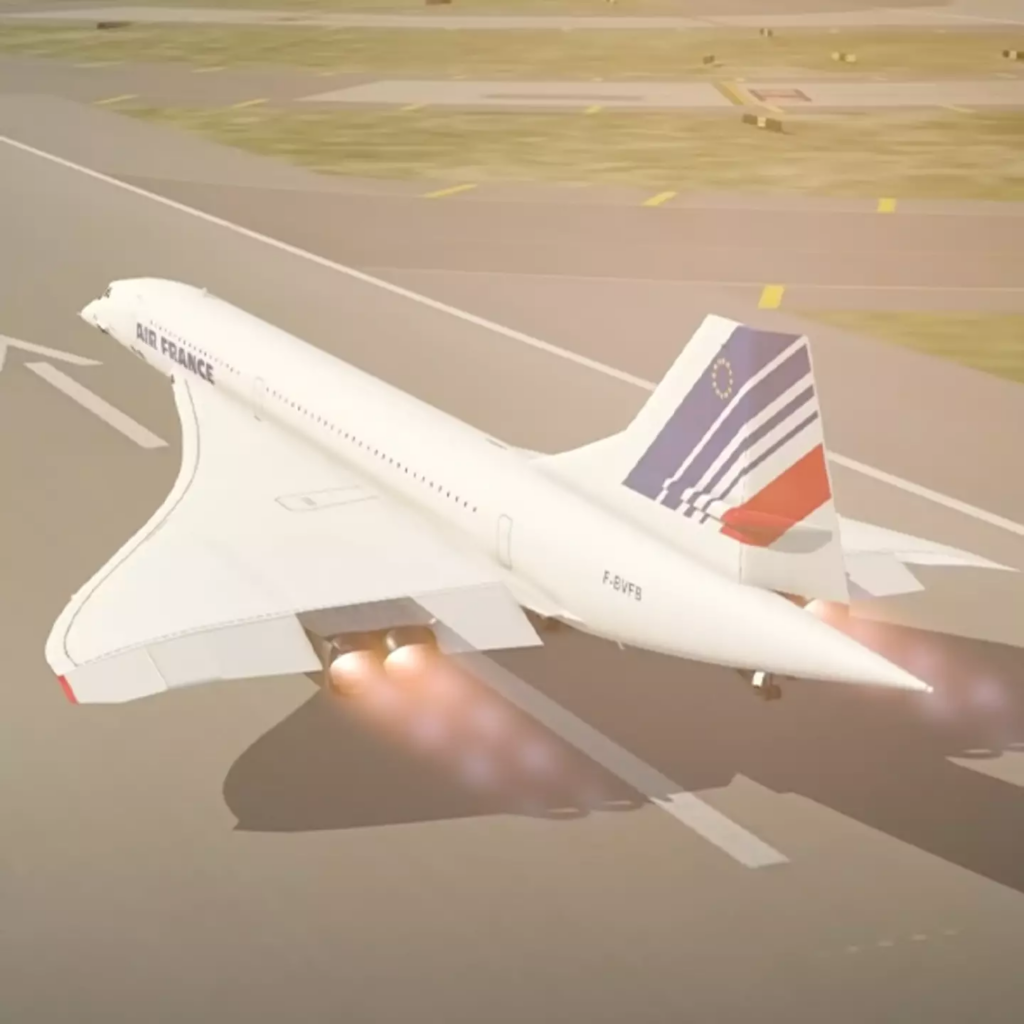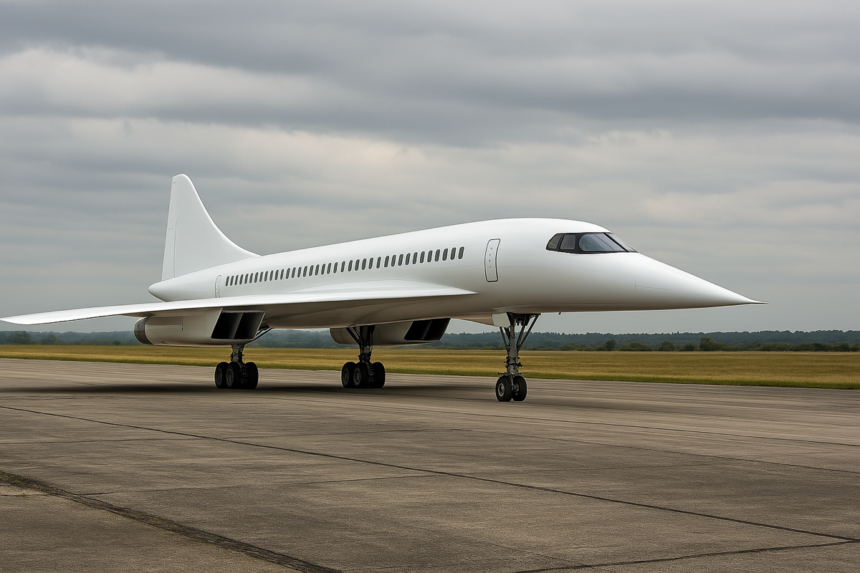China is stepping into supersonic aviation with plans for a new C949 jet that could rival the iconic Concorde. The C949, a state-of-the-art supersonic airliner, promises to redefine what we know about commercial air travel, providing quicker, more efficient flights across the globe. This new development highlights China’s ambitious goals to break barriers in aviation technology while attempting to resolve challenges that have historically grounded supersonic airliners.
What’s Happening & Why This Matters
China’s Commercial Aircraft Corporation (COMAC) is working on the C949, a supersonic passenger aircraft designed to hit speeds of Mach 1.6. This is faster than the Concorde, which flew at Mach 2.04 and could revolutionize long-distance travel by drastically cutting down flight times. The C949 promises a 50% longer range than the Concorde, making it a game-changer for international travel, especially for routes between continents.
One of the critical innovations of the C949 is its design. The aircraft’s sleek body and technology could reduce the sonic boom that has caused problems with previous supersonic planes. Sonic booms were an issue with the Concorde, limiting its commercial use over land due to noise regulations. With the C949, China aims to overcome this hurdle by making the aircraft quieter, which could make supersonic flights more widely acceptable and accessible.
The C949 isn’t China’s first venture into supersonic technology. China’s push into supersonic aviation follows its growing commitment to aviation innovation and technological prowess. By investing in supersonic jets, China hopes to lead the charge in the next phase of air travel, promising an efficient and quieter alternative for passengers traveling on long-haul flights. The potential for this technology is vast, especially for industries that rely on fast, global travel.
Legacy of Supersonic Travel
The Concorde, which made its final commercial flight in 2003, symbolizes supersonic innovation. Despite its impressive speed, the Concorde faced several challenges, particularly the noise produced during flight. These sonic booms restricted the aircraft’s ability to operate over land, contributing to its eventual retirement.
Since the Concorde’s retirement, supersonic airliners have been absent from commercial aviation, but now companies are back at it. Projects like Boom Supersonic’s Overture and NASA’s X-59 are working to revive supersonic flight, address noise issues, and improve fuel efficiency. Boom Supersonic is testing its XB-1 aircraft, which is designed to fly at speeds greater than Mach 2 and offer transcontinental flights in less time than conventional aircraft.
Meanwhile, NASA’s X-59 is developing technology that would reduce the noise to a level akin to a car door closing, hoping to make supersonic air travel viable again for everyday passengers. While these competitors may face challenges, they are well-funded and backed by key aviation players. As such, China’s C949 faces fierce competition but can leapfrog over previous roadblocks in supersonic flight development.
The Future of Supersonic Flight

China’s C949 could profoundly change the future of commercial aviation. The ability to travel faster and farther than ever before could make international travel more efficient. With rising demand for faster flights, the C949 could play a pivotal role in shaping the next generation of global aviation.
However, the C949’s success will depend on whether it can overcome the same challenges that hindered the Concorde. These challenges include noise regulations, fuel efficiency, and cost-effectiveness. The C949’s quieter design is an important development in addressing the noise problem, but the jet will also need to prove its economic viability in the competitive world of commercial aviation.
As China’s aviation industry builds, the C949 will likely be a focal point in its global aviation strategy. The question remains: will it be able to stand out among the competition and push the boundaries of what we know about air travel?
TF Summary: What’s Next
The C949 marks a bold step in China’s ambitions to lead in the aviation sector. With its promised faster speeds, more extended range, and quieter technology, the C949 could reshape international air travel. As other companies like Boom Supersonic and NASA’s X-59 continue to test new supersonic models, China’s progress in this field could push the global aviation industry toward faster, more efficient air travel. However, its success will depend on overcoming key challenges, such as noise reduction, fuel efficiency, and cost. The C949 will likely be a major player in the years to come.
— Text-to-Speech (TTS) provided by gspeech


